When your doctor recommends a stress test, one of the first questions that may pop into your mind is: How long will I be on the treadmill? It's a fair concern, especially if you're dealing with chest discomfort, shortness of breath, or other symptoms. In this article, we break down the exact timeline, stages, and expectations of a treadmill-based stress test to give you clarity and ease.
What Is a Treadmill Stress Test?
A treadmill stress test (also called an exercise stress test) evaluates how your heart performs under physical exertion. By monitoring heart rate, blood pressure, and electrical activity during exercise, doctors can:
-
Detect coronary artery disease (CAD)
-
Assess irregular heart rhythms (arrhythmias)
-
Evaluate exercise tolerance
-
Gauge treatment effectiveness
The test is typically performed under controlled medical supervision using a treadmill and ECG (electrocardiogram) monitoring system. Stress may increase your risk of developing kidney stones, so having tests done on time is important.
How Long Does a Treadmill Stress Test Take?
Total Duration: 45–60 Minutes
While the treadmill part may last just 10–20 minutes, the entire process (including prep and recovery) takes around 45 to 60 minutes. And normal tests can also have the same stress test duration.
Breakdown of the Stress Test Phases
|
Phase |
Time Estimate |
Details |
|
Preparation |
10–15 minutes |
Placement of ECG electrodes, resting vitals check, medical history review |
|
Treadmill Exercise |
10–20 minutes |
Treadmill speed and incline increase gradually per standard protocol |
|
Recovery & Monitoring |
10–15 minutes |
Heart rate and blood pressure observed until baseline levels return |
What Protocol Is Used?
Most tests follow the Bruce Protocol, which includes a series of 3-minute stages with progressively increased treadmill speed and incline. The goal is to:
-
Reach 85% of your age-predicted maximum heart rate
-
Observe heart rhythm under exertion
-
Identify any signs of ischemia (reduced blood flow)
Most patients complete 3 to 5 stages, depending on their age, fitness level, and heart health.
Factors That Influence Test Duration
-
Fitness Level: Athletes or active individuals often tolerate longer durations.
-
Age: Older adults may reach target heart rate more quickly.
-
Cardiovascular Condition: Symptoms or abnormal ECG findings can end the test early.
- Medications: Some heart medications (like beta-blockers) can affect how fast your heart rate rises.
 Feeling mentally foggy or anxious after your treadmill stress test?
Feeling mentally foggy or anxious after your treadmill stress test?
Consider neuroVIZR brain training app, a light‑and‑sound brain wellness device designed to promote rapid calm, clearer thinking, and emotional resilience. Here's how it supports your post-test recovery:
-
Helps shift your brain from stress‑dominant states toward relaxation
-
Refreshes mental clarity and balances mood in minutes
-
Non‑pharmaceutical and safe for daily use
Just one short session after your test can support smoother recovery of brain fog and especially helpful if stress testing left you tense or mentally scattered.
Combine it with hydration, deep breathing, and post-test rest for a holistic reset.
What Happens During the Treadmill Phase?
-
You're connected to an ECG machine
-
Your blood pressure is monitored at regular intervals
-
Treadmill starts slow and gradually becomes steeper and faster
-
Test stops if you experience symptoms or meet the target heart rate
This phase is not about endurance; it’s about safe escalation to gather data.
What Are Doctors Looking For?
During the test, physicians assess:
-
ECG changes indicating ischemia
-
Abnormal heart rhythms (e.g., premature ventricular contractions)
-
Blood pressure response to exertion
-
Time taken to recover post-exercise
These insights help determine:
-
Presence of coronary artery disease
-
Exercise tolerance levels
Need for further imaging or treatment
How to Prepare for a Treadmill Stress Test
To ensure accurate results:
-
Avoid caffeine, smoking, or heavy meals 3 hours prior
-
Wear comfortable walking or athletic shoes
-
Bring a list of your medications
Inform your doctor if you're using an inhaler or have conditions like asthma
Are There Other Types of Stress Tests?
Yes. While treadmill stress tests are common, alternatives include:
-
Pharmacologic Stress Test: For patients unable to exercise, medications simulate stress on the heart.
-
Nuclear Stress Test: Includes imaging before and after exercise or medication.
-
Stress Echocardiogram: Uses ultrasound imaging to view the heart before and after exertion.
Understanding your test type ensures you ask the right questions and prepare properly.
Safety and Supervision
Treadmill stress tests are performed under medical supervision with emergency protocols in place. Continuous monitoring ensures that any abnormal responses are promptly addressed. Your safety is always a top priority.
Final Thoughts: What to Expect and Why It Matters
A treadmill stress test offers invaluable insights into your heart health. While the treadmill portion may only last 10–20 minutes, the total time spent provides crucial diagnostic data that can lead to early intervention and better outcomes.
Whether you're preparing for a scheduled test or just researching heart health procedures, knowing what to expect helps reduce anxiety and improve test accuracy.
Looking to improve your cognitive performance or mental clarity after a health checkup? Explore NeuroVizr’s brain wellness tools designed to support clarity, focus, and relaxation after stressful procedures.
Frequently Asked Questions
How long should I last on a treadmill during a stress test?
Most people complete between 6 to 12 minutes of treadmill time depending on age and fitness.
Is 6 minutes on a stress test good?
Yes. Reaching 6 minutes under Bruce Protocol is often sufficient to assess heart function.
Can I hold onto the treadmill during the test?
Yes, but it’s best to use the rails only for balance. Holding on too tightly can affect your heart rate and skew results.
Disclaimer: neuroVIZR is a wellness device created to promote relaxation, focus, and overall brain wellness. It is not a medical device, does not provide diagnoses, and is not intended to treat, cure, or prevent any medical condition. The device is not suitable for individuals with epilepsy. Experiences and results may vary from person to person.



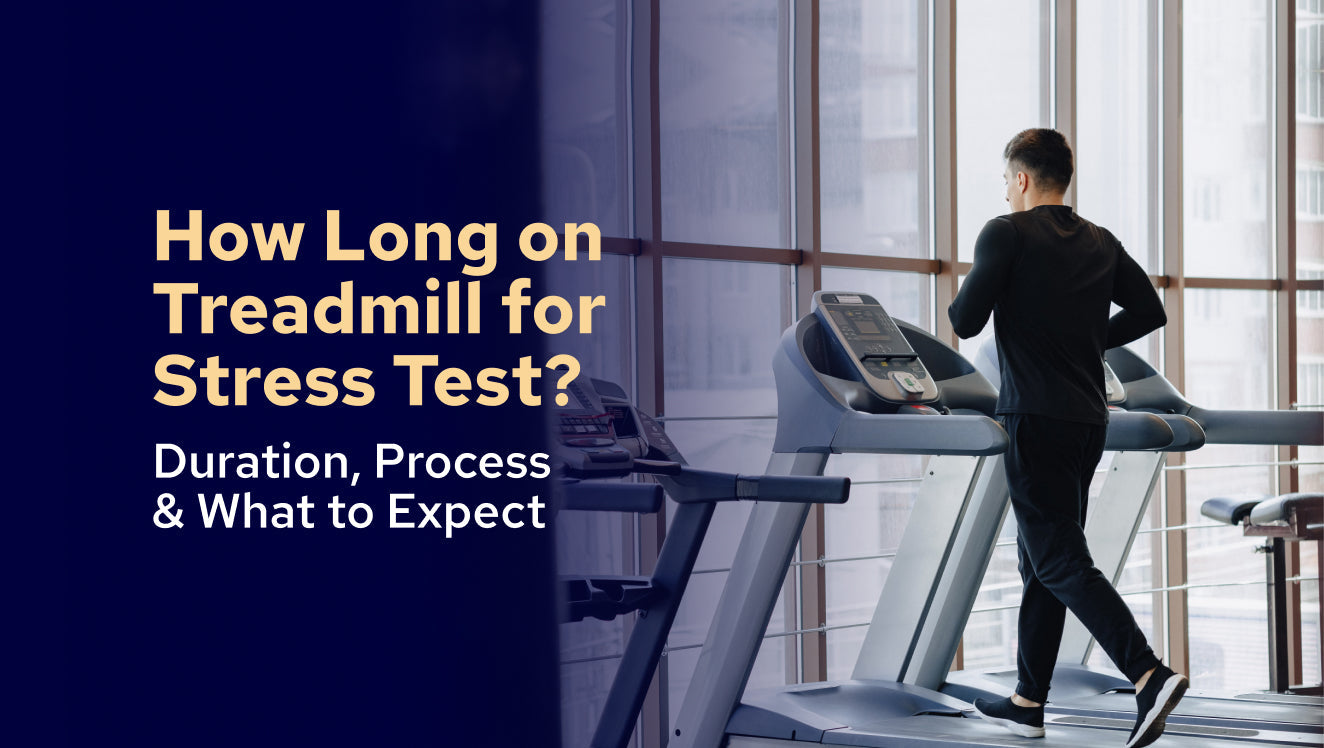

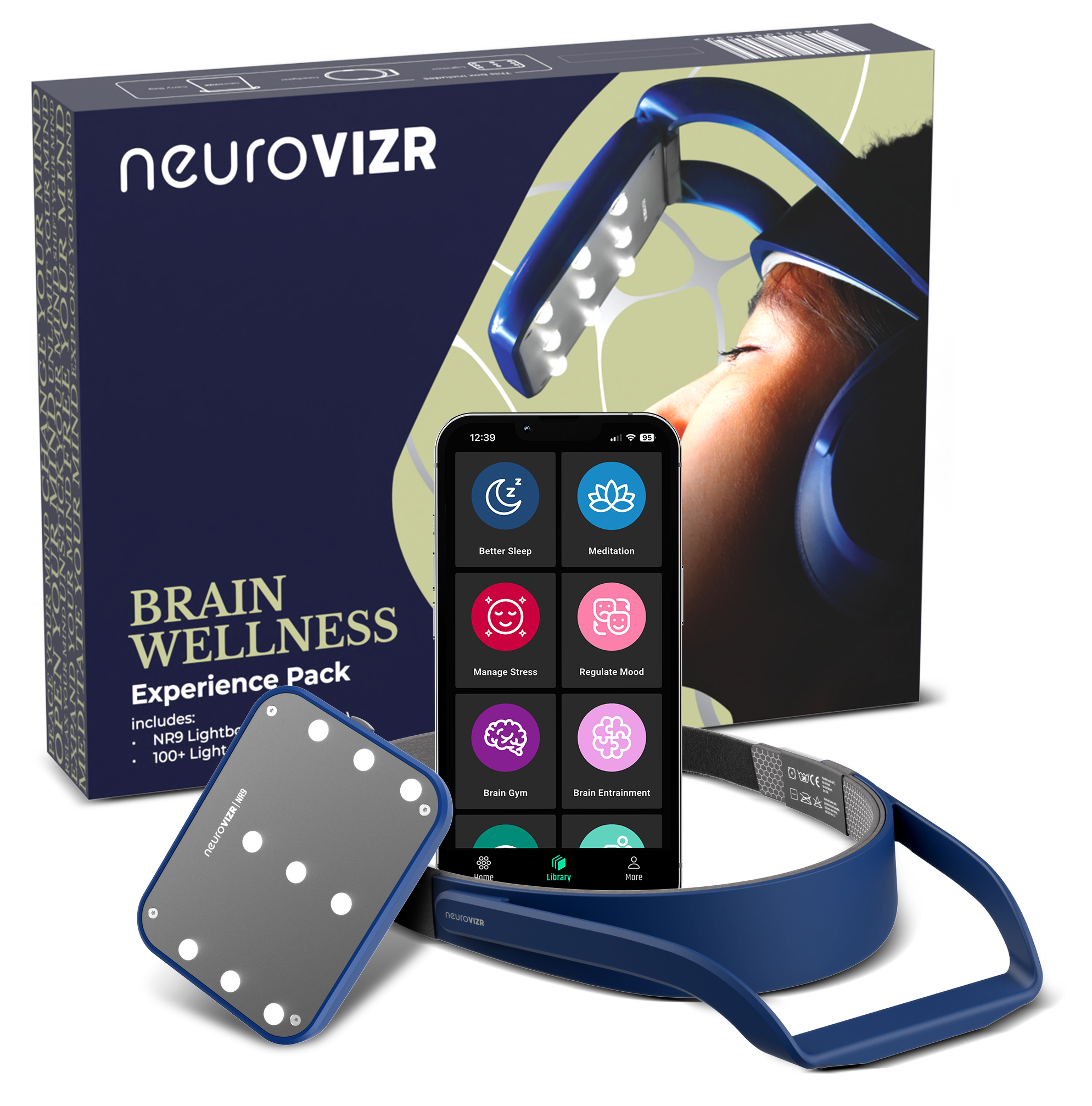

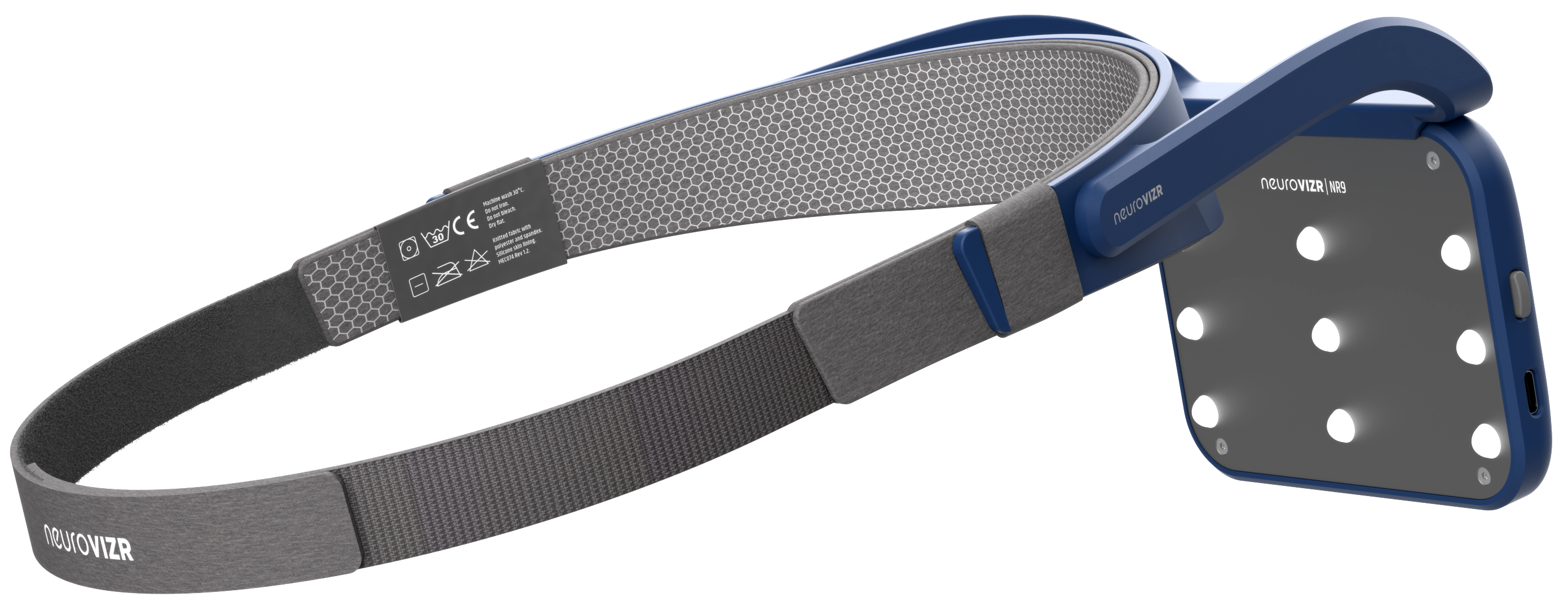
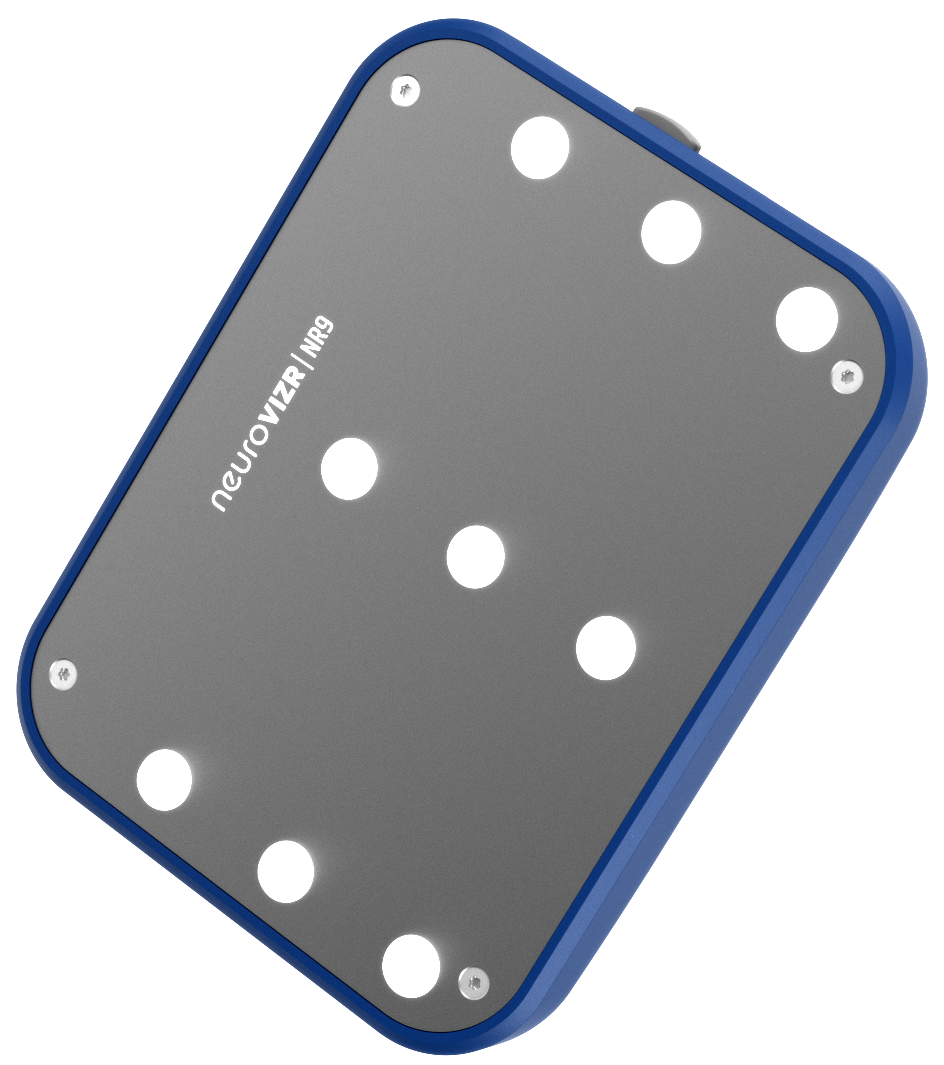
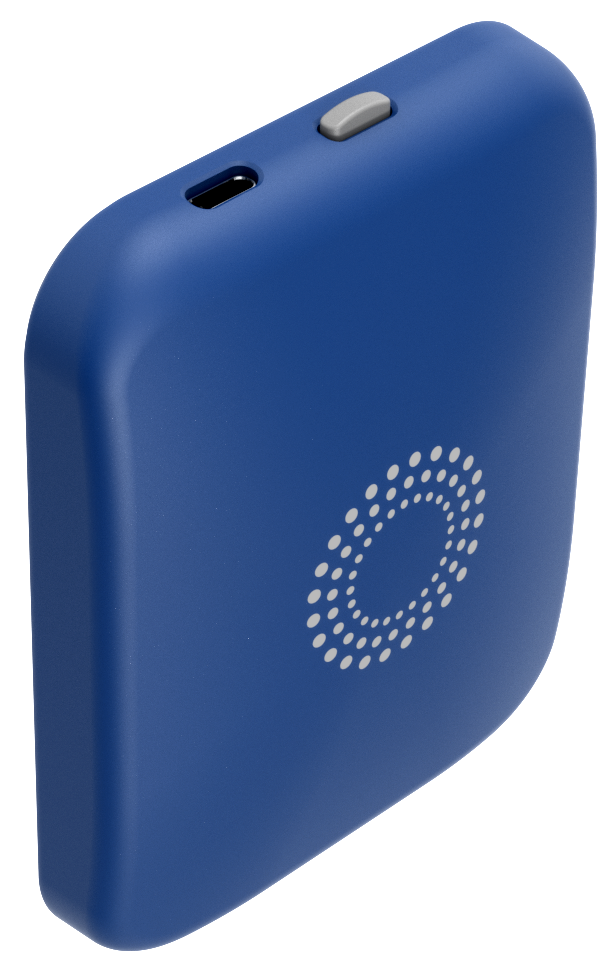
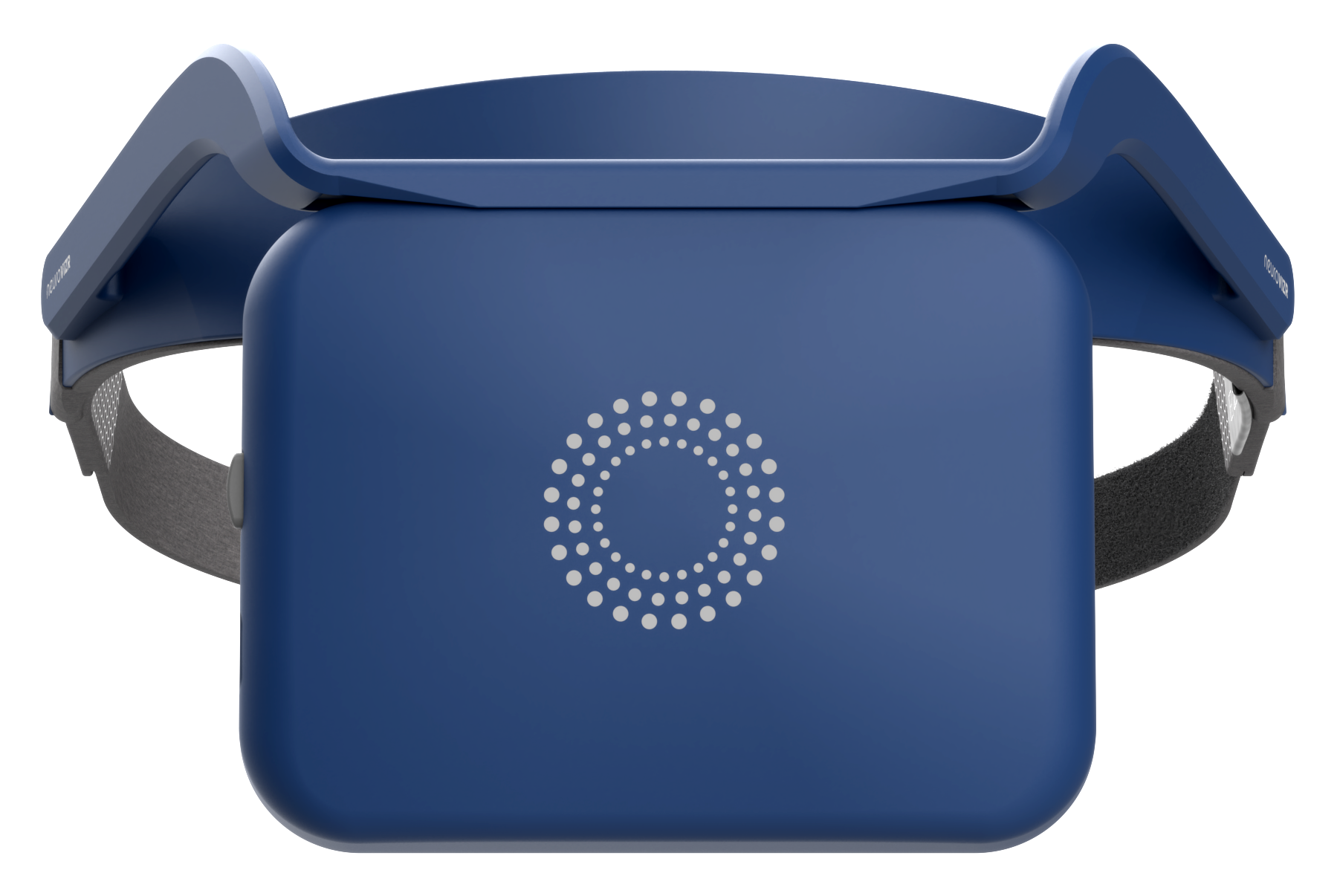
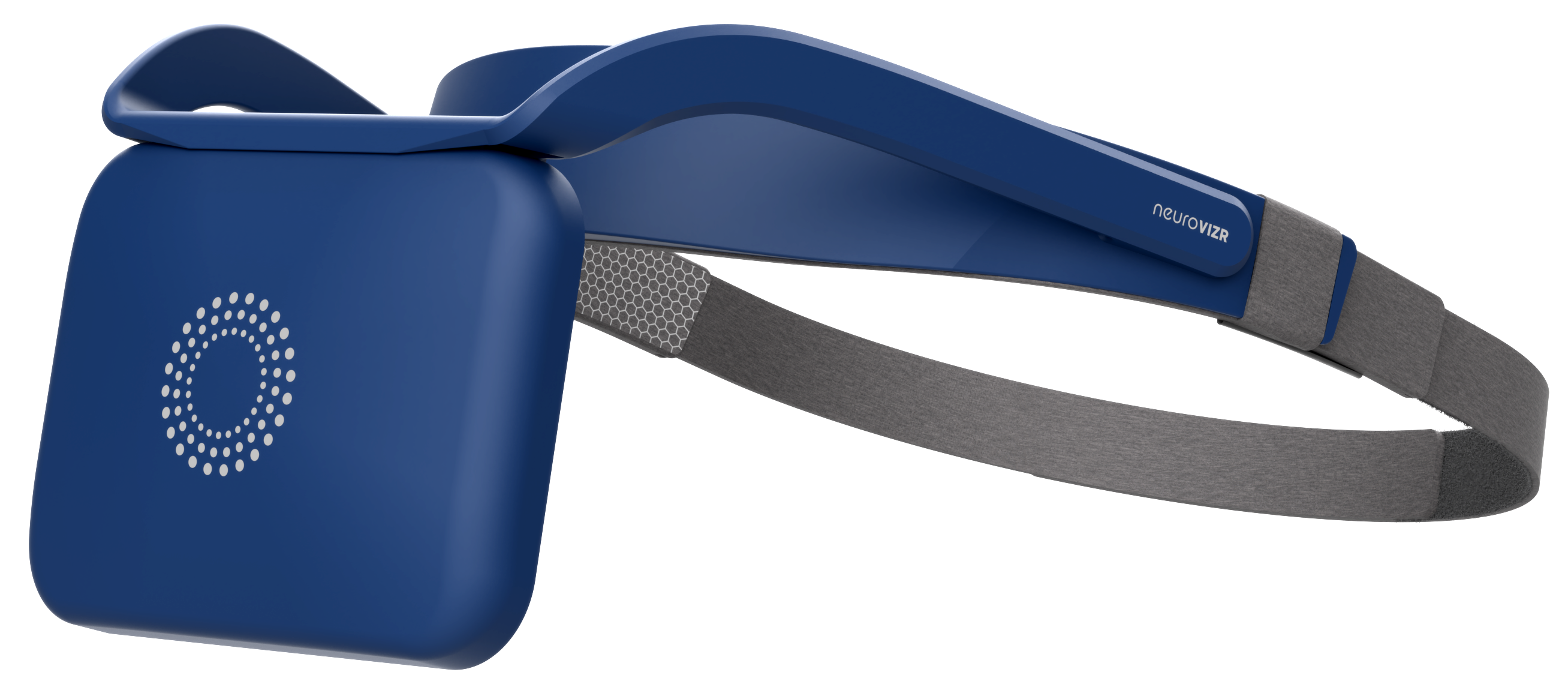

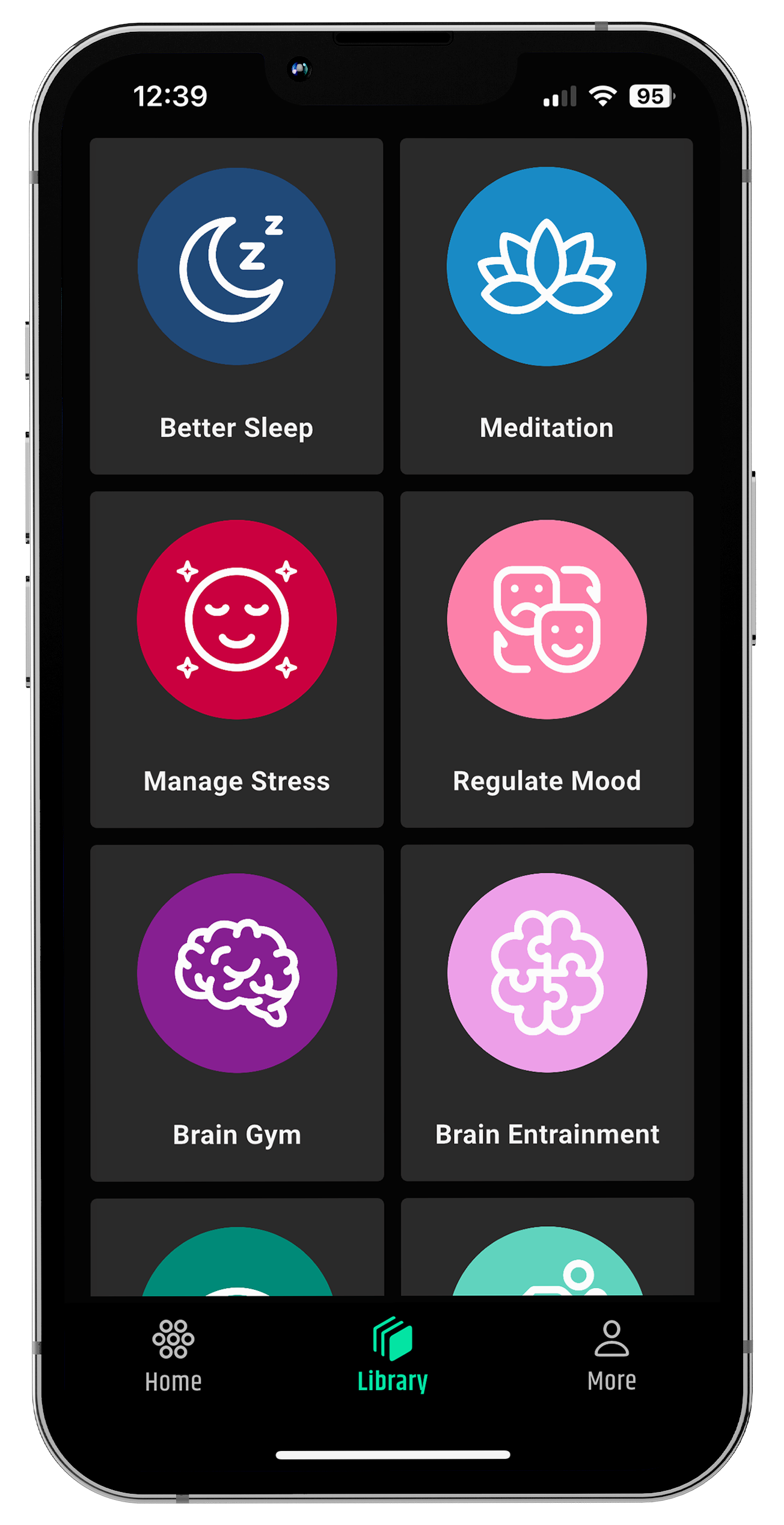
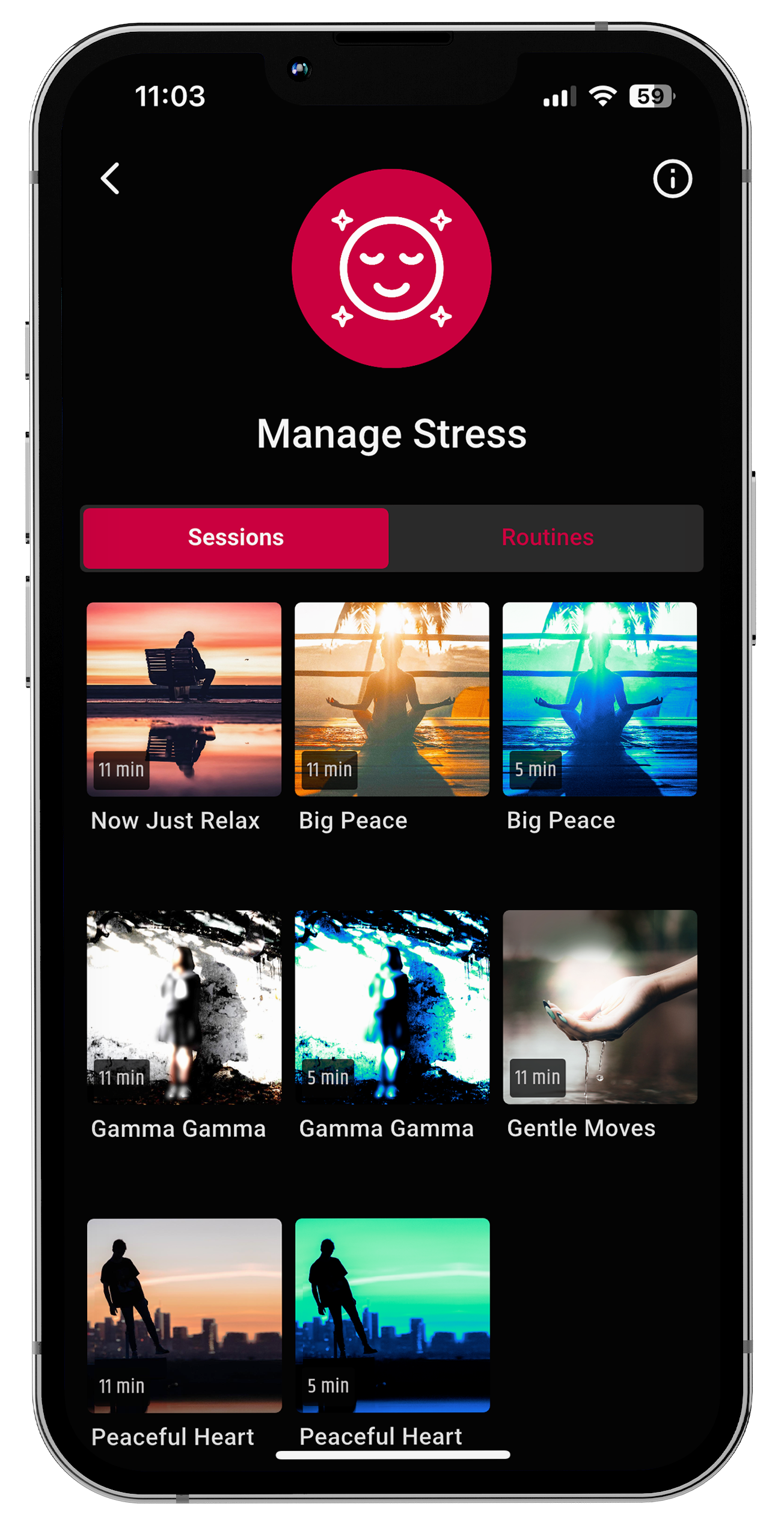
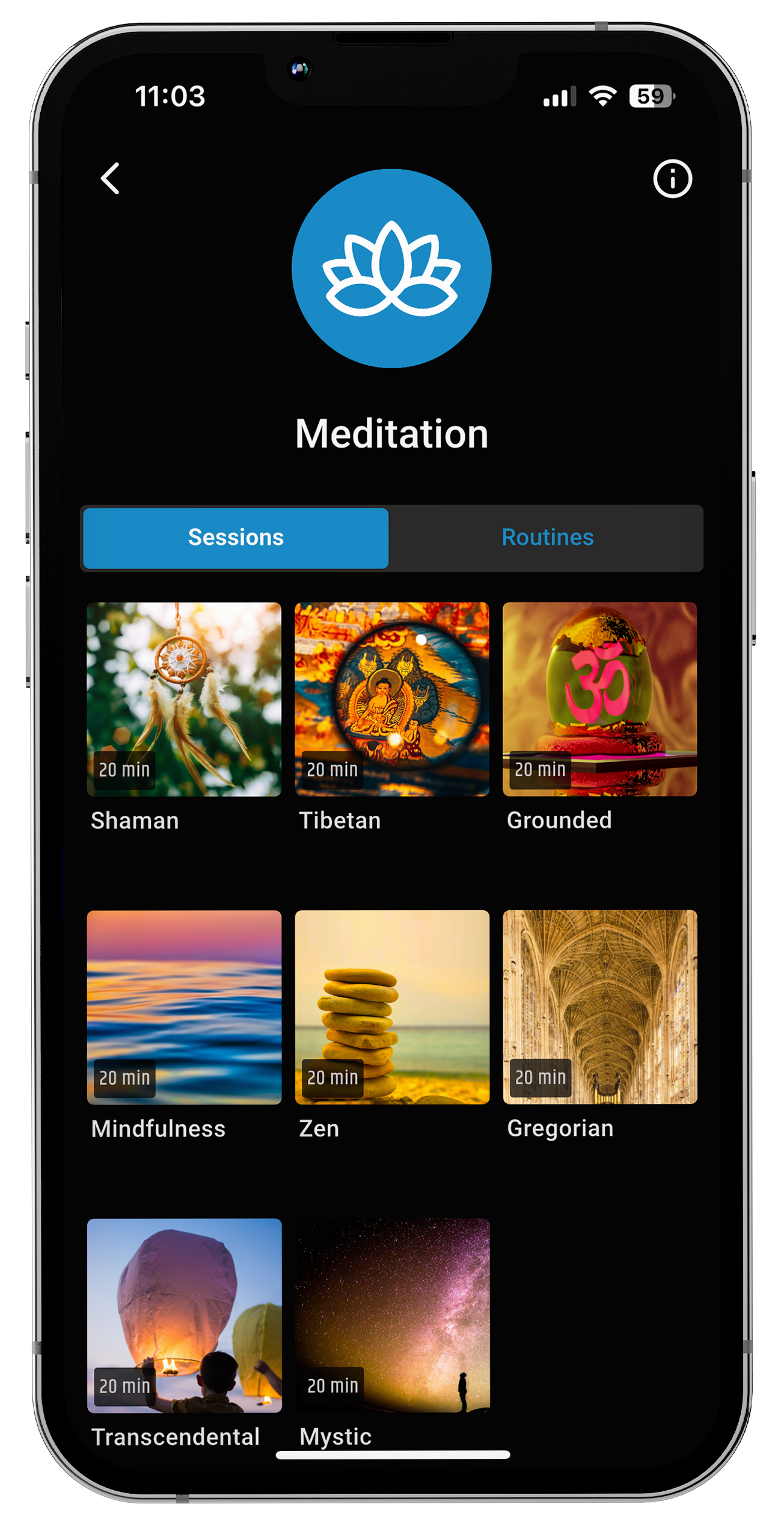
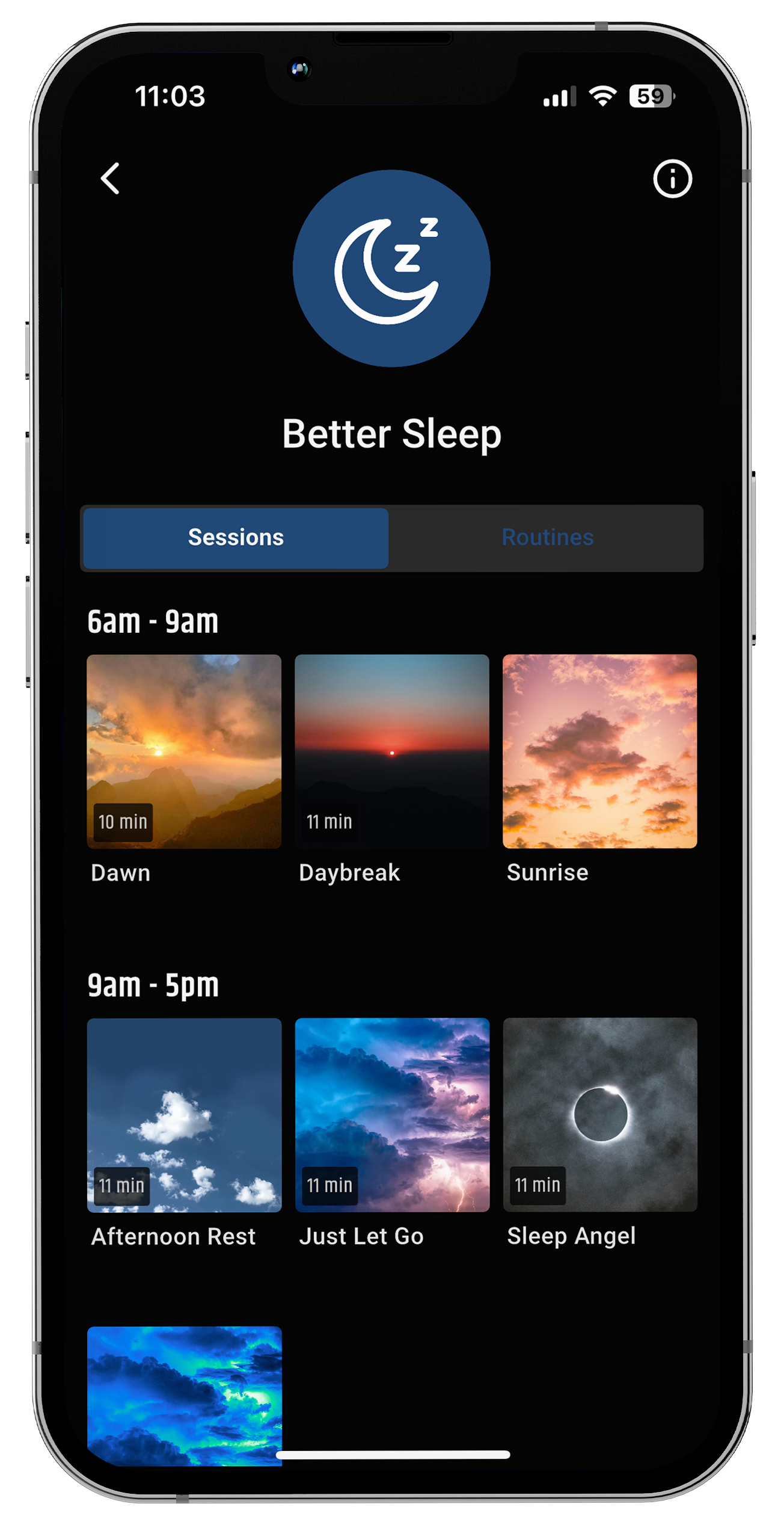
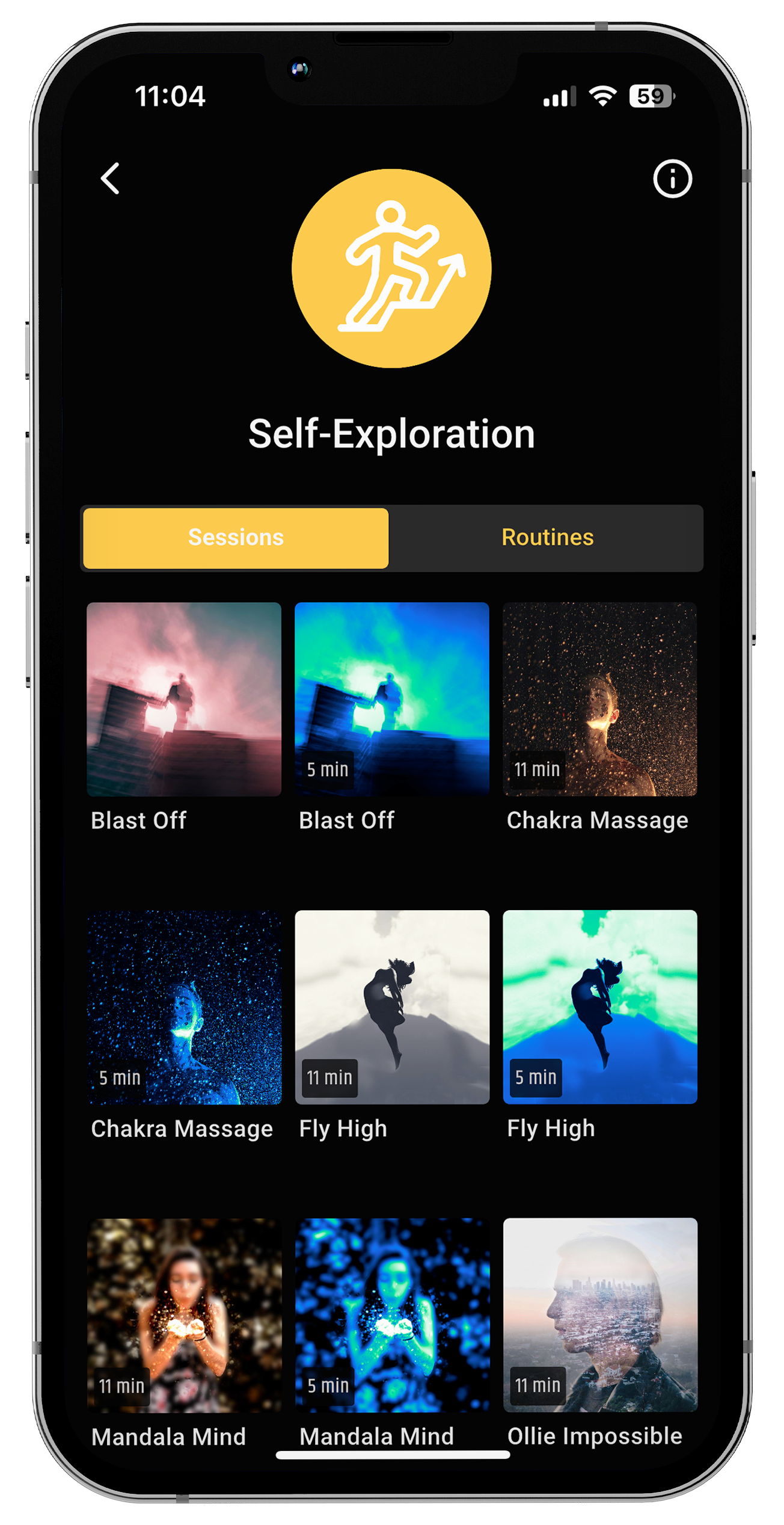








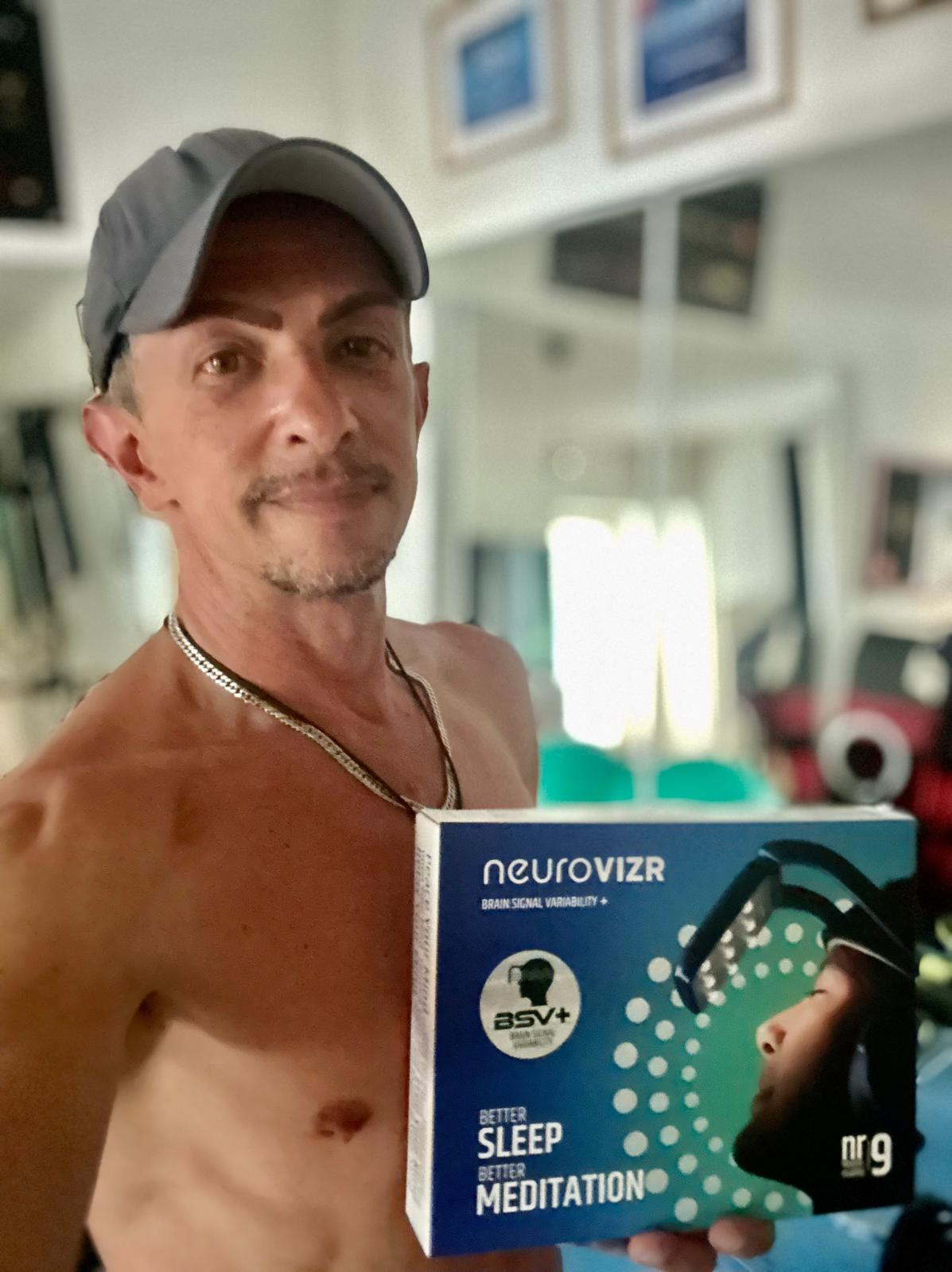
Share:
Lexiscan Thallium Stress Test: Procedure, Duration, Preparation & Safety
Can Stress Cause a Bleeding Nose? Exploring the Link Between Stress and Nosebleeds